The name Cervaro derives from the noble family that owned the Castello della Sala during the 14th century: the Monaldeschi della Cervara. Chardonnay grapes blended with a small portion of Grechetto create a wine designed to age gracefully over time and express the elegance and complexity of a unique place. Cervaro della Sala was one of the first Italian white wines to undergo malolactic fermentation and aging in barriques, with its first vintage dating back to 1985. That year, Renzo Cotarella, then the winemaker at Castello della Sala, produced the very first vintage of Cervaro della Sala. The wine was born from the desire to create a white wine capable of long aging. Castello della Sala is located in Umbria, not far from the border with Tuscany, about 18 kilometers from the historic town of Orvieto. The soil is predominantly clay and limestone, rich in fossilized seashells, with vineyards well-exposed to the rising sun and benefiting from excellent diurnal temperature variation—conditions that make Castello della Sala a highly suitable area for white wine production.
Vinification:
The winery is designed to fully harness the force of gravity, allowing the grapes to be processed and macerated gently without mechanical pumping. The grapes are harvested in the early hours of the morning—almost at night—to ensure they arrive at the winery intact and unaffected by the higher temperatures of the day. The musts, obtained through skin contact maceration at 10°C (50°F) for about four hours, are transferred by gravity into settling tanks, where they are clarified before being moved into barriques for alcoholic fermentation, followed by malolactic fermentation. In February, the Chardonnay is ready to be transferred back into stainless steel, where it is blended with the Grechetto, which is vinified separately without any contact with wood. The Cervaro della Sala is then aged for several months in bottle in the historic cellars of Castello della Sala before being released to the market.
Tasting Notes:
Cervaro della Sala presents a straw yellow color with greenish highlights. It is marked by pronounced minerality. On the nose, it is complex, with intense notes of citrus and acacia flowers, combined with hints of vanilla and flint. On the palate, it is rich, mineral, almost saline, with subtle notes of vanilla and butter blending with aromas of dried fruit, exotic fruit, and citrus. Long and persistent, it offers excellent aging potential.

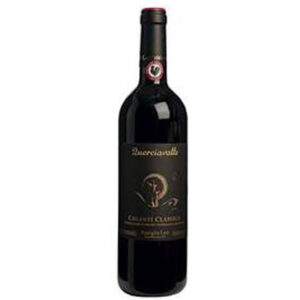
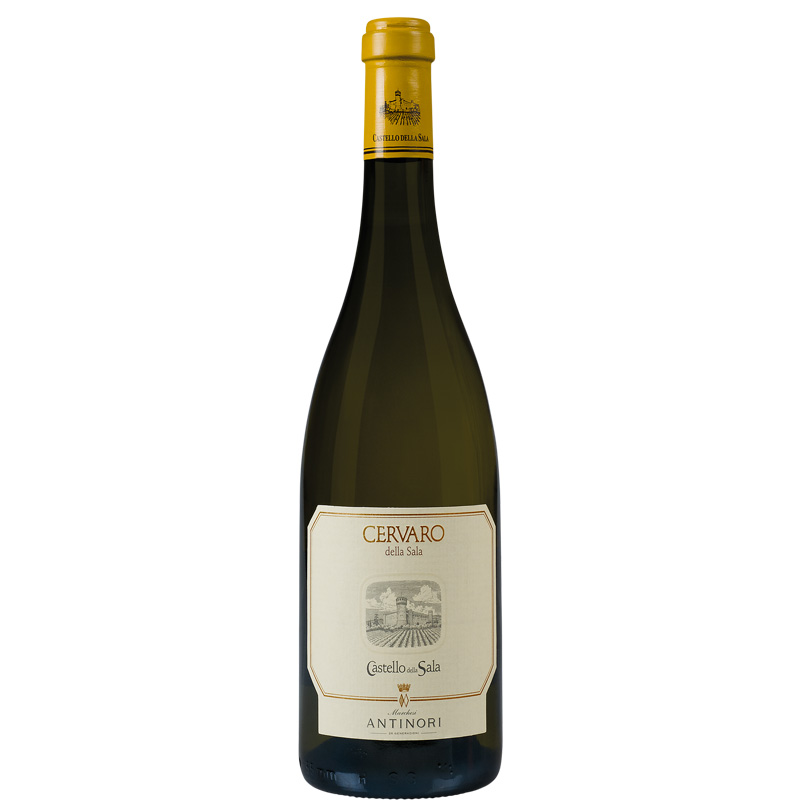
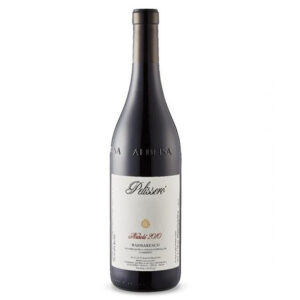

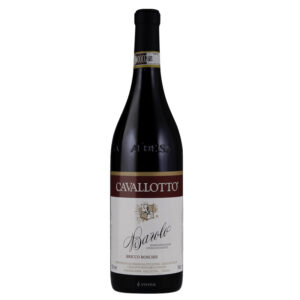

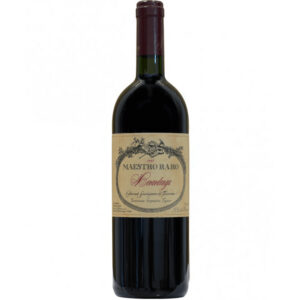
Reviews
There are no reviews yet.